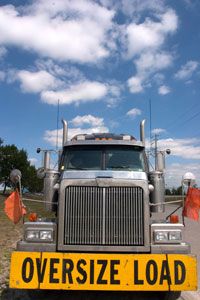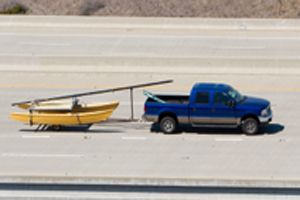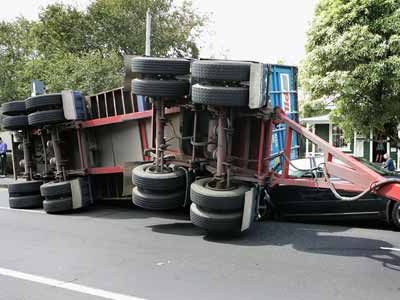If you've ever spent much time driving on U.S. expressways, then you're familiar with this sight: A large flatbed tractor-trailer is in front of you with what looks to be a full-sized house at rest on the bed. There are signs everywhere declaring it an oversize load and a small car with a tiny, yellow warning light on top is following it to make sure nobody gets too close.
What is an oversize load? It's what you call it when a truck needs to haul something that's deemed too large for the road it's traveling on. This can be anything from a mobile home to a large piece of construction equipment or materials. The common denominator for oversized loads is that they can't be made smaller for transport.
Advertisement
It might seem like a rarity to see an oversize load, but hauling large objects is big business. There are dozens of companies throughout the United States that specialize in oversize loads. There are pilot car companies that provide cars and drivers with experience in checking clearance and ensuring the safety of the payload and the traffic around them. There are even companies that sell flags and signage for oversize loads.
What constitutes an oversize load varies from state to state and within those states, from city to city, if the truck travels on smaller, local roadways. This is important because wherever you travel with a load considered oversized, you'll need special permits. Any time you cross a state line, you'll need to have your permit in hand. If you get off the major highway to deliver your load, you'll need a city permit, even if you have a state permit. State highways are governed by a different agency than local roads. It's the same reason you'll see highway patrol cars writing tickets on expressways and local law enforcement setting up shop in town.
Advertisement





